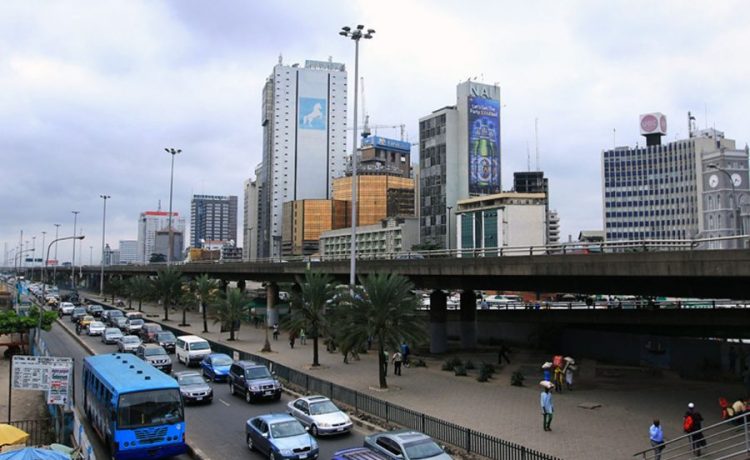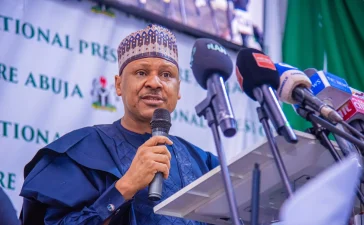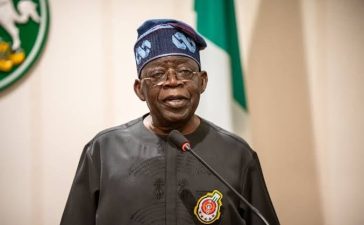Nigeria’s foreign debt servicing has surged by 50% year-on-year, according to new data released by the Central Bank of Nigeria (CBN). Between January and April 2025, the country spent a total of $2.01 billion on external debt repayments—up from $1.33 billion recorded during the same period in 2024.
The data reveals that debt servicing consumed 77.1% of Nigeria’s total international payments in the first four months of 2025. This marks a significant rise from the 64.5% share in the corresponding period last year.
Overall, Nigeria’s international payments—which include debt servicing, remittances, and letters of credit—rose to $2.60 billion as of April 2025. That’s an increase from $2.07 billion recorded during the same period in 2024.
Month-on-month figures show a sharp rise in March and April. In March 2025, external debt servicing hit $632.36 million, more than double the $276.17 million spent in March 2024. In April, the trend continued with $557.79 million paid, representing a 159% increase from April 2024’s $215.20 million.
Combined, March and April 2025 accounted for nearly $1.2 billion in debt repayments.
The rise comes on the heels of Nigeria’s full repayment of a $3.4 billion loan from the International Monetary Fund (IMF), originally secured in 2020 under the Rapid Financing Instrument to cushion the economic shock from COVID-19.
According to the IMF, Nigeria completed the repayment on April 30, 2025. The facility, one of the largest under the instrument globally, came with relatively favourable terms compared to traditional IMF programmes.
Despite repaying the principal, Nigeria will continue to incur annual charges of around $30 million, linked to Special Drawing Rights (SDR) discrepancies. Nigeria’s SDR holdings currently stand at SDR 3,164 million ($4.3bn), against an allocation of SDR 4,027 million ($5.5bn).







